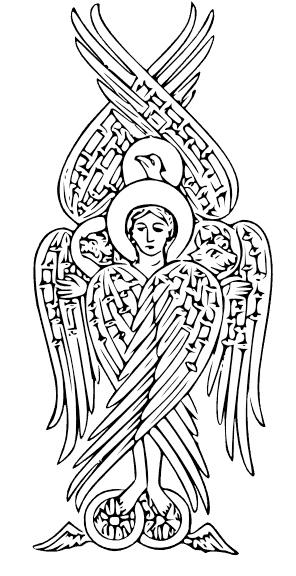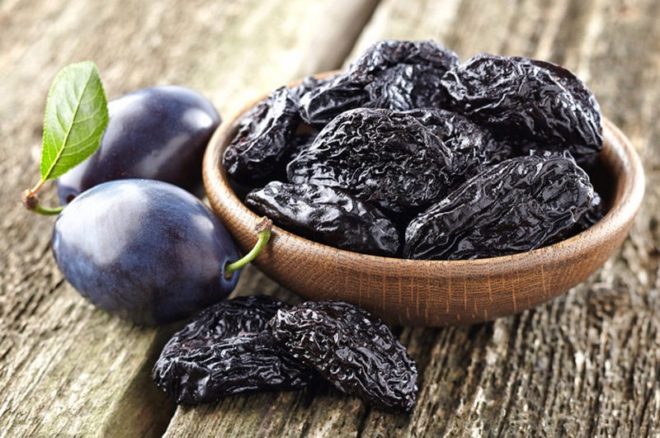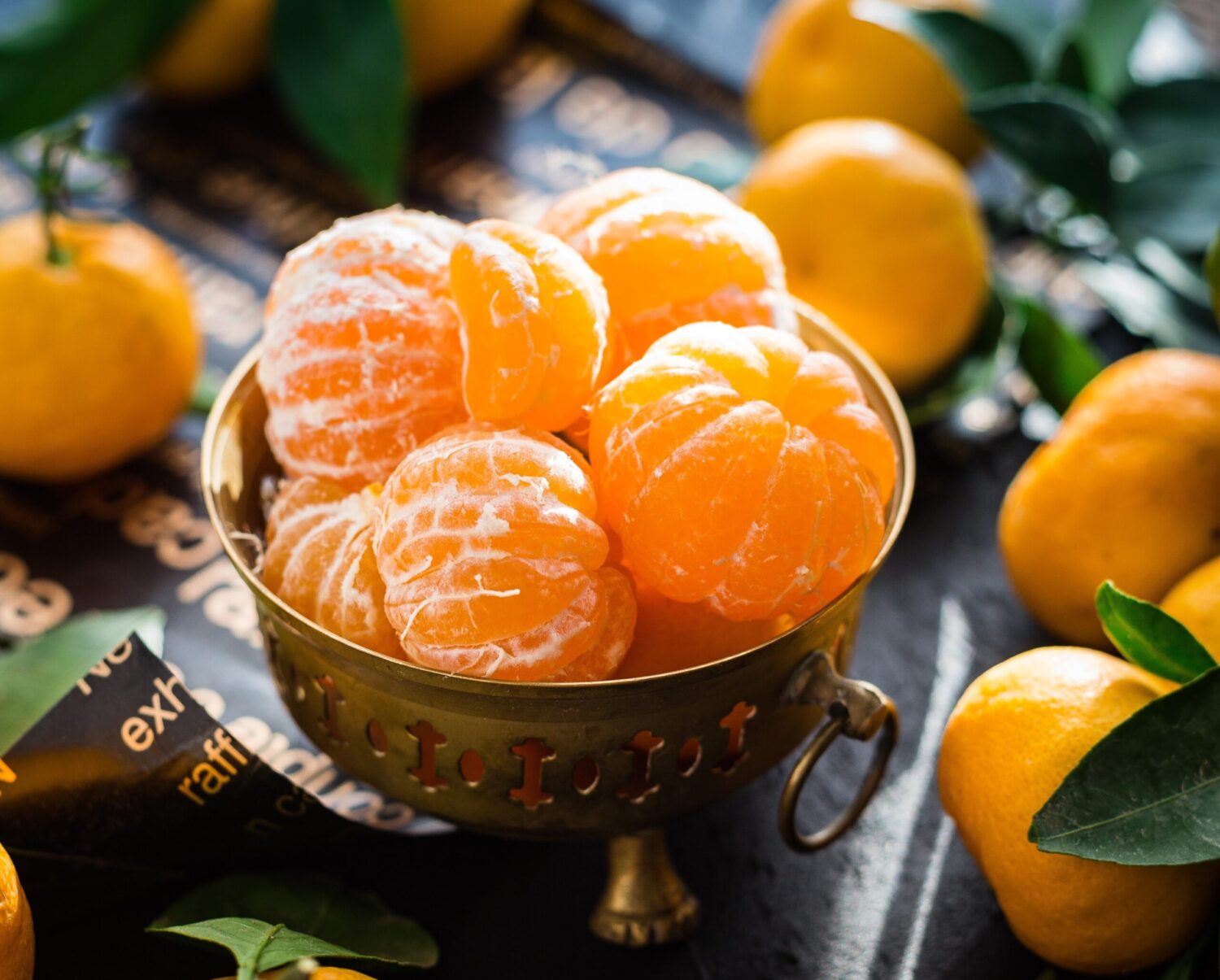According to Orthodox doctrine, God created not only the visible world, but also the invisible, spiritual world. What do we know about the world of “Powers of heaven”?
From ancient Greek, the word ὁ ἄγγελος (angelos) is translated as “messenger”, “messenger”.
Good angels bring messages from God, carry out His orders and proclaim His will, so meeting with them is also a meeting with God who sent them.
Angels, according to the testimony of Holy Scripture, the lives of saints and the writings of the Fathers of the Church, appear, for example, during the transition from this life to another world. In the Old Testament, angels sometimes even destroy and slay people (2 Kings 19:35; 1 Chron. 21:15-16; 2 Chron. 32:21; Is. 37:36), although, of course, much more often they protect and save a person.
An angel (Greek messenger, messenger) is a spiritual, invisible being, which, like man, was created by God and has a personal being. In the relationship between man and God, angels perform a service role: they proclaim to people the will of God.
According to the teachings of the Orthodox Church, all angels (Heavenly Forces) are divided into three faces. In turn, each face is subdivided into three more. This division is based on two principles: the degree of closeness to God and the type of service.
One way or another, but the appearance of an angel is actually a very, very difficult test. It is very important to know that the holy fathers advised to be extremely careful about the appearance of angels or spirits, and rather not to trust them. After all, “Satan is transformed into an angel of light… and his servants are transformed as servants of righteousness” (2 Corinthians 11:14-15). This is what St. Ignatius Brianchaninov said about the sensual manifestation of spirits, to whom, in the opinion of Hieromonk Seraphim Rose (“The Soul After Death”), belongs the clearest Orthodox consideration of the question of a person’s ability to make contact with spiritual beings.
If the primordial man, clothed in an immortal body and alien to ailments and fatness, had the ability for direct sensual communication with spirits and with God himself, then after the fall he lost it. Now, “due to extreme stoutness and rudeness, bodily feelings are not capable of communicating with spirits, they do not see them, they do not hear them, they do not feel … Holy spirits have avoided communication with people, as unworthy of such communication; the fallen spirits, which have dragged us into their fall, have mingled with us, and in order to more conveniently keep us in captivity, they are trying to make themselves and their chains invisible to us… All of us, who are in bondage to sin, need to know that communion with holy angels are unusual for us because of our alienation from them by the fall, which is characteristic of us for the same reason, communion with outcast spirits, to the category of which we belong in soul … Sensually appearing to people who are in sinfulness and fall, they are demons, and no holy angels” .
First rank
Seraphim. Reference: Isaiah 6:2. Translation: Hebrew, c. – burning, fiery, flaming;
Six-winged angels, closest to God. They got their name from the fiery love that they have for their Creator.
Cherubim. Reference: Ex 25:18–20; 37:7–9, etc.; Heb 9:5
Translation: Hebrew. kerubim – minds, distributors of knowledge and wisdom;
Four-winged and four-faced angels. Their main service is education.
Thrones. Mention: Eze 1:18; Col 1:16
Figuratively, the Lord God sits on them, as on a throne, and executes His judgment.
As the Church teaches, the degree of holiness and closeness of these ranks to God is so high that no one else can achieve it. As soon as the Mother of God (being a human being) was worthy of this glory, as the Church sings about it: “The most honest Cherubim and the most glorious without comparison Seraphim.”
Second rank
Dominance. Reference: Col 1:16; Eph 1:21
They are invisible mentors of earthly authorities and rulers appointed by God. They also help a person to tame his passions, to control them.
Forces. Reference: Rom 8:38; Eph 1:21
They are endowed with a special power to perform miracles, they send down this grace to the righteous and the saints of God.
Authorities. Reference: Col 1:16; Eph 1:21
They have the power to tame the power of fallen angels, and also command the elements.
Third rank
Leaderships (Beginnings). Reference: Col 1:16; Eph 1:21
They are endowed with the right to command the laws of the universe, nature, and also protect peoples and countries.
Archangels. Mentioned: Rev 12:7 etc.
Heads of angels. Teachers and heralds of the will of God for man, transmitters of Revelation.
A special place in the angelic hierarchy is occupied by the archangels, the archangels of the heavenly armies. These include the archangels Michael and Gabriel and five more archangels – Jeremiel, Raphael, Uriel, Salafiel, Egudiel, Barahiel. Archangel Michael is considered the supreme archangel, the patron of the entire heavenly host.
Angels. Mentioned: Rev 1:7 etc.
The closest to man, they are conductors of the will of God, as well as guardians, protectors. In this case, the word angel denotes precisely the rank of the Heavenly Forces.
In a broader sense, this word refers to a representative of any rank in general, without specifics.
Guardian angel
An angel who is invisibly attached to a specific person during baptism in order to pray for him before God and protect him from evil.
Source of Original Publication in Russian: Journal “Foma” No.: No. 1 (141) January 2015.
Photo: Cherub / Infographic “Angel_On_Two_Wheels_Tetramorph_clip_art_hight”














